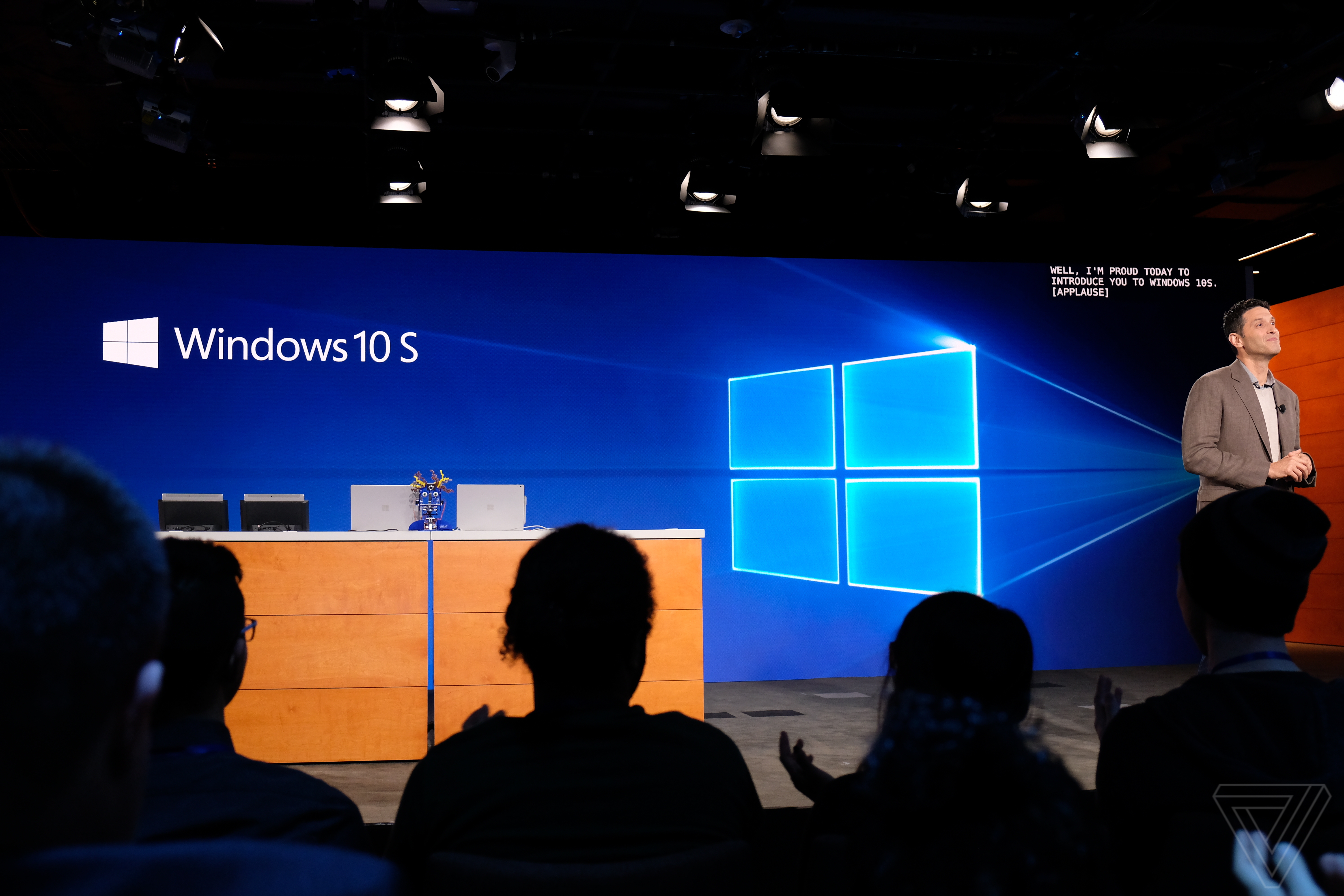특정 지원 사이트에 그림 저장 기능과 내비게이션 기능을 추가합니다. Add additional features on specific sites - Download grabbed images with several informations - Automatically grab. Jun 26, 2020 Microsoft Edge ends up opening two new instances of itself, both displaying blank pages. This wouldn’t be too big a deal as affected users may simply close the extra instance of Microsoft Edge. However, that isn’t the case – Microsoft Edge creates two fresh instances of itself, only one of which can be closed.
-->When distributing your WebView2 app, ensure the backing web platform, the WebView2 Runtime, is present before the app starts. This article describes how you (the developer) install the WebView2 Runtime, and use the two distribution modes for your WebView2 app: Evergreen and Fixed Version.
Evergreen distribution mode
- Hi, Microsoft edge keeps on opening new tabs with - 'how to get help in windows 10'. When I set my laptop to airplane mode, then 'Get Started' - 'Get Connected To The Internet' keeps on opening. If I try to minimise it or resize it, it pops back again. Unable to do anything because of this.
- The new Microsoft Edge is based on Chromium and was released on January 15, 2020. It is compatible with all supported versions of Windows, and macOS. With speed, performance, best in class compatibility for websites and extensions, and built-in privacy and security features, it's the only browser you'll ever need.
- Microsoft Edge WebView2 Runtime enables the proper execution format, according to the necessities imposed by the building model of WebView2 applications. Also, it is a vital component for the.
Note
The Evergreen distribution mode is recommended for most developers.
The Evergreen distribution mode ensures that your app is taking advantage of the latest features and security updates. It has the following characteristics.
- The underlying web platform (WebView2 Runtime) updates automatically without additional effort from you.
- All apps that use the Evergreen distribution mode use a shared copy of the Evergreen WebView2 Runtime, which saves disk space.
Understanding the WebView2 Runtime
The WebView2 Runtime is a redistributable runtime and serves as the backing web platform for WebView2 apps. The concept is similar to Visual C++ or the .NET Runtime for C++/.NET apps. The Runtime contains modified Microsoft Edge (Chromium) binaries that are fine-tuned and tested for apps. The Runtime does not appear as a user-visible browser upon installation. For example, a user does not have a browser desktop shortcut or start menu entry.
During development and testing, you may use either as the backing web platform.
- The WebView2 Runtime
- Any Insider (non-stable) Microsoft Edge (Chromium) browser channel
In production environments, you must ensure the Runtime is present on user devices before the app starts. The Microsoft Edge Stable channel is unavailable for WebView2 usage. The decision prevents apps from taking a dependency on the browser in production.
Do not take a dependency on the browser because:
- Microsoft Edge (Chromium) is not guaranteed to be present on all user devices. For example, devices disconnected from Windows Update or not managed by Microsoft directly (a large portion of the Enterprise and EDU market) may not have the browser. Allowing you to distribute the WebView2 Runtime avoids taking a dependency on the browser as a pre-requisite for apps.
- Browsers and apps have different use cases, and so taking a dependency on a browser may have unintended side-effects on your apps. For example, IT admins may version-control the browser for internal website compatibility. The WebView2 Runtime allows apps to stay evergreen while browser updates are being actively managed.
- As opposed to the browser, the Runtime is developed and tested for app scenarios and in some cases may include bug fixes not yet available in the browser.
In the future, the Evergreen WebView2 Runtime plans to ship with future releases of Windows. Deploy the Runtime with your production app until the Runtime becomes more universally available.
Deploying the Evergreen WebView2 Runtime
Only one installation of the Evergreen WebView2 Runtime is needed for all Evergreen apps on the device. There are a number of tools available on the WebView2 Runtime download page. The following tools help you deploy the Evergreen Runtime.
- WebView2 Runtime Bootstrapper is a tiny (approximately 2 MB) installer. WebView2 Runtime Bootstrapper downloads and installs the Evergreen Runtime from Microsoft servers that matches the user's device architecture.
- Use a link to programmatically download the bootstrapper.
- WebView2 Runtime Standalone Installer is a full installer that installs the Evergreen WebView2 Runtime in offline environments.
Currently, both the bootstrapper and standalone installer only support per-machine installs, which requires elevation. If an installer is run without elevation, the user is prompted to elevate permissions.
Use following workflows to ensure the Runtime is already installed before your app launches. You may adjust your workflow depending on your scenario. Sample code is available in the Samples repo.
Online-only deployment
If you have an online-only deployment scenario where users are assumed to have internet access, complete the following steps.
- During your app setup, ensure the Runtime is already installed. To verify, complete one of the following actions.
Inspect if the
pv (REG_SZ)regkey exists and is notnullor empty. Findpv (REG_SZ)at the following location.On 64-bit Windows
On 32-bit Windows
Run GetAvailableCoreWebView2BrowserVersionString and ensure the
versionInfoisNULL.
- If the Runtime is not installed, use the link to programmatically download the bootstrapper.
- Invoke the bootstrapper from an elevated process or command prompt with
MicrosoftEdgeWebview2Setup.exe /silent /installfor silent install.
The previous workflow has the following benefits.
- Install the Runtime only when needed or when you are not required to package installers.
- The bootstrapper automatically detects device architecture and installs the matching Runtime.
- Install the Runtime silently.
You may also choose to package the bootstrapper with your app instead of programmatically downloading it on demand.

Offline deployment
If you have an offline deployment scenario where app deployment has to work entirely offline, complete the following steps.

Download the standalone installer.
Include the installer in your app installer or updater.
During your app setup, ensure the Runtime is already installed. To verify, complete one of the following actions.
Inspect if the
pv (REG_SZ)regkey exists and is notnullor empty. Findpv (REG_SZ)at the following location.On 64-bit Windows
On 32-bit Windows
Run GetAvailableCoreWebView2BrowserVersionString and ensure the
versionInfoisNULL.
If the Runtime is not installed, run the standalone installer. If you want to run a silent installation, either run the installer from an elevated process or copy and run the following command.
Stay compatible in Evergreen mode
The Web is constantly evolving. The Evergreen WebView2 Runtime is kept up to date to provide you with the latest features and security fixes. To ensure your app stays compatible with the web, you should set up testing infrastructure.
Non-stable Microsoft Edge channels (Beta/Dev/Canary) provide a sneak peek into what is coming next into WebView2 Runtime. Just like developing websites for Microsoft Edge, you should test your WebView2 app regularly. Test your WebView2 app against one of the non-stable channels, and update your app or report issues if issues arise. Typically Dev and Beta are the recommended channels. To help you decide which channel is right, navigate to Overview of the Microsoft Edge channels. You may download the non-stable Microsoft Edge channel on your test environment, and use regkey or environment variables to indicate the channel preference for your testing app. For more information, navigate to CreateCoreWebView2EnvironmentWithOptions. You may also use WebDriver to automate WebView2 testing.
Fixed Version distribution mode
For constrained environments with strict compatibility requirements, consider using the Fixed Version distribution mode. Choose and package a specific version of the WebView2 Runtime using the Fixed Version distribution mode. You may specify the timing of Runtime updates for your app. The Fixed Version distribution mode does not receive any automatic updates. Plan to update your app and the Runtime.
Note
The Fixed Version distribution mode was previously called bring-your-own.
To use the Fixed Version mode, complete the following actions
Microsoft Edge For Windows 7

Microsoft Edge 2018
- Download the Fixed Version package.
- Decompress the package using command line
expand {path to the package} -F:* {path to the destination folder}or with tools such as WinRAR. Avoid decompressing through the File Explorer as it may not generate the correct folder structure. - Include the decompressed Fixed Version binaries in your project.
- Indicate the path to the Fixed Version binaries when creating the WebView2 environment.
For Win32 C/C++, you may create the environment using the CreateCoreWebView2EnvironmentWithOptions function. Use the
browserExecutableFolderparameter to indicate the path to the folder containingmsedgewebview2.exe.For .NET, you may do either of the following options to specify the environment.
Note
You must specify the environment before the WebView2
Sourceproperty takes effect.- Set the
CreationProperties(WPF/WinForms) property on the WebView2 element. Use theBrowserExecutableFoldermember in theCoreWebView2CreationProperties(WPF/WinForms) class to indicate the path to the Fixed Version binaries. - Use
EnsureCoreWebView2Async(WPF/WinForms) to specify the environment. Use thebrowserExecutableFolderparameter in CoreWebView2Environment.CreateAsync to indicate the path to the Fixed Version binaries.
- Set the
- Package and ship the Fixed Version binaries with your app. Update the binaries as appropriate.
Known issues for Fixed Version
Compared to the Evergreen Runtime, Fixed Version does not have an installation process, which causes Microsoft PlayReady to not work without modification. You may mitigate the problem by completing the following actions.
Locate the path where you deploy the Fixed Version package on the user's device, such as the following location.
Run the following commands on the user's device.
PlayReady should be working now on the user's device. In the Security tab of the Fixed Version folder, it should include permissions for
ALL APPLICATION PACKAGESandALL RESTRICTED APPLICATION PACKAGES.
